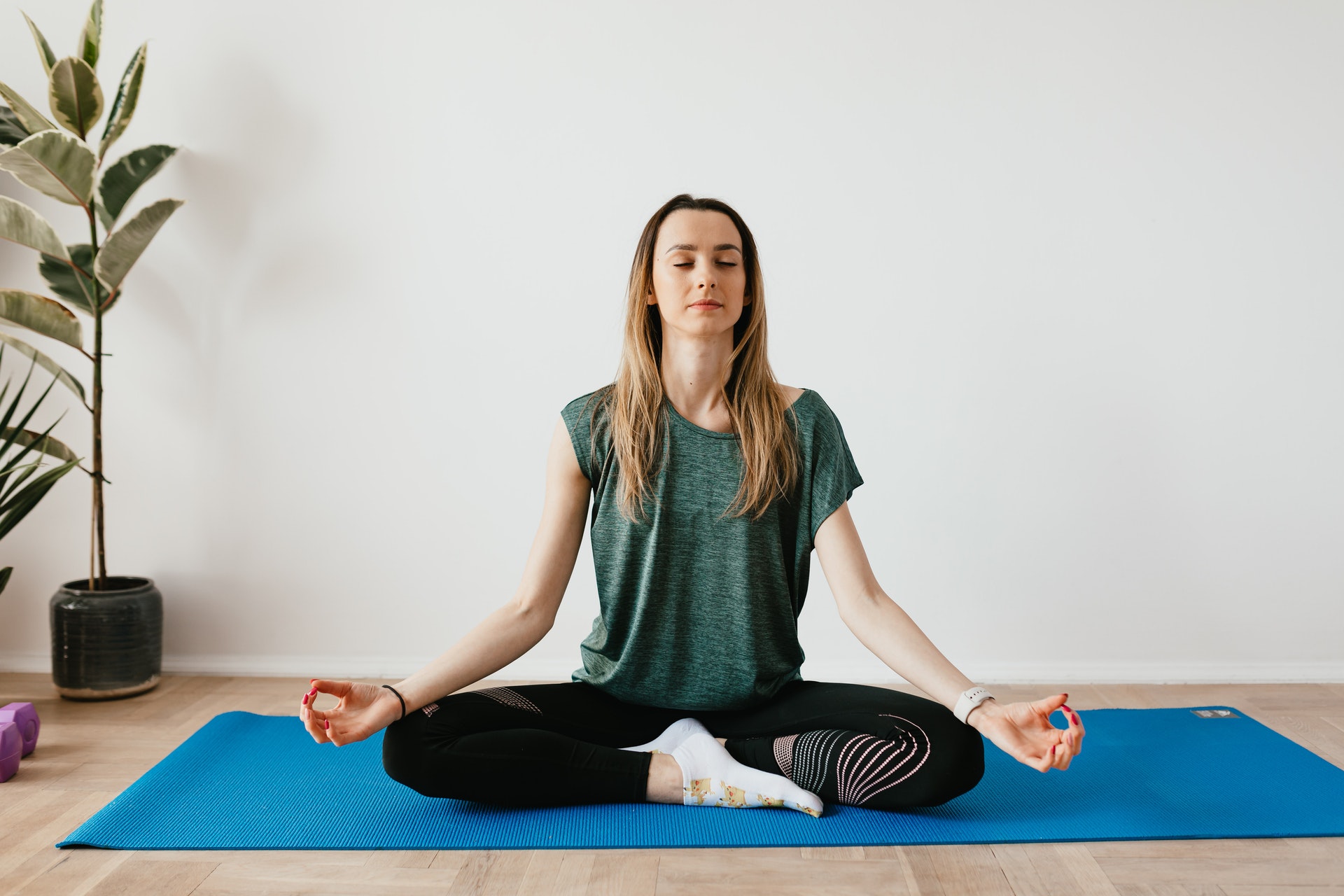
Breath Work
Breathwork is a general term used to describe any type of therapy that utilizes breathing exercises to improve mental, physical, and spiritual health. Many forms of breathwork therapy exist out in the world today.
The goal of breathwork therapy is to help support clients in achieving a greater sense of self-awareness and capacity for self-healing.
Breathwork can also help individuals improve in the areas of mental, physical, and spiritual well-being.
Breathwork therapy is utilized in therapy to help clients experiencing issues including:
- Anxiety
- Chronic Pain
- Trauma
- Posttraumatic Stress
- Emotional effects from physical illness
- Grief and loss
- Anger issues
An anxiety attack is identified by hyperventilation which is an increase in breathing rate, eliminating more carbon dioxide than the body is producing at that time. This can cause the blood pH to move to a higher alkaline state and result in a person feeling lightheaded, experiencing tingling in lips, hands or feet, feeling weak, and feeling a loss of control. The physiological changes can lead to a limit of the prefrontal activity of the brain
The Beck Anxiety Inventory used to gauge anxiety levels indicates the following symptoms of anxiety: numbness or tingling; feeling hot; wobbliness in legs; unable to relax; fear of worst happening; dizzy or lightheaded; heart pounding or racing; unsteady; terrified or afraid; nervous; feeling of choking; hands trembling; shaky/unsteady; fear of losing control; difficulty in breathing; fear of dying; scared; indigestion; faint/lightheaded; face flushed; hot/cold sweats. Having all of these symptoms at once would be an extreme case. However those diagnosed with anxiety often experience some of these symptoms in the mild level which in turn lead higher chronic stress and overload. The long-term prognosis can lead to mental health disorders and chronic physical ailments.
Through breathwork, you can address anxiety symptoms. This technique can be used on it’s own or in conjunction with other therapies such as talk therapy and/or medication. Breathwork is not meant to replace other treatments but rather to work dependently.
There are several kinds of breathwork therapy available today. Some are rooted in eastern practices. All forms of breathwork therapy are centered on the act of breathing in and out. Most breathwork exercises does involve deep, focused breathing that lasts for an extended period of time. This is a learned exercise that generally begins with short and small exercises.
- Continuous circular breathing.Using full deep breaths, participants breathe in and out continuously. They do not hold their breath at any point. This continuous in and out creates a circle of breath.
Breathing techniques are designed to bring the body into a state of deep relaxation. Specific patterns that involve holding the breath for a period of time allow your body to replenish its oxygen. From the lungs outward, techniques like 4-7-8 developed by Dr. Andrew Weil can give your organs and tissues a much-needed oxygen boost.
Relaxation practices also help bring the body back into balance and regulate the fight-or-flight response we feel when we’re stressed. It can help calm your mind so that you can think clearly and not be overloaded. This technique can be particularly helpful if you are experiencing sleeplessness due to anxiety or worries about what happened today or you are thinking about what might happen tomorrow. Continuous thoughts and concerns can keep us from being able to sleep well.
The 4-7-8 technique forces the mind and body to focus on regulating the breath, rather than replaying your worries when you lie down at night. Proponents claim it can soothe a racing heart or calm frazzled nerves. Dr. Weil has even described it as a “natural tranquilizer for the nervous system.”
Breathwork in conjunction with talk therapy can be an effective intervention to help decrease overall anxiety and other mental health diagnoses. When starting breathwork exercises, understand your limitations and if you have any underlying medical conditions such as asthma it is best to speak to a medical professional.

Mental Health

Mind-Body Connection

Maternal Mental Health
Office & Telehealth Locations:
Pasadena CA 91105
Monrovia CA 91016
stacey@staceyinal.com
© 2023 by Stacey Inal, CA LMFT #120626 Los Angeles, California.

